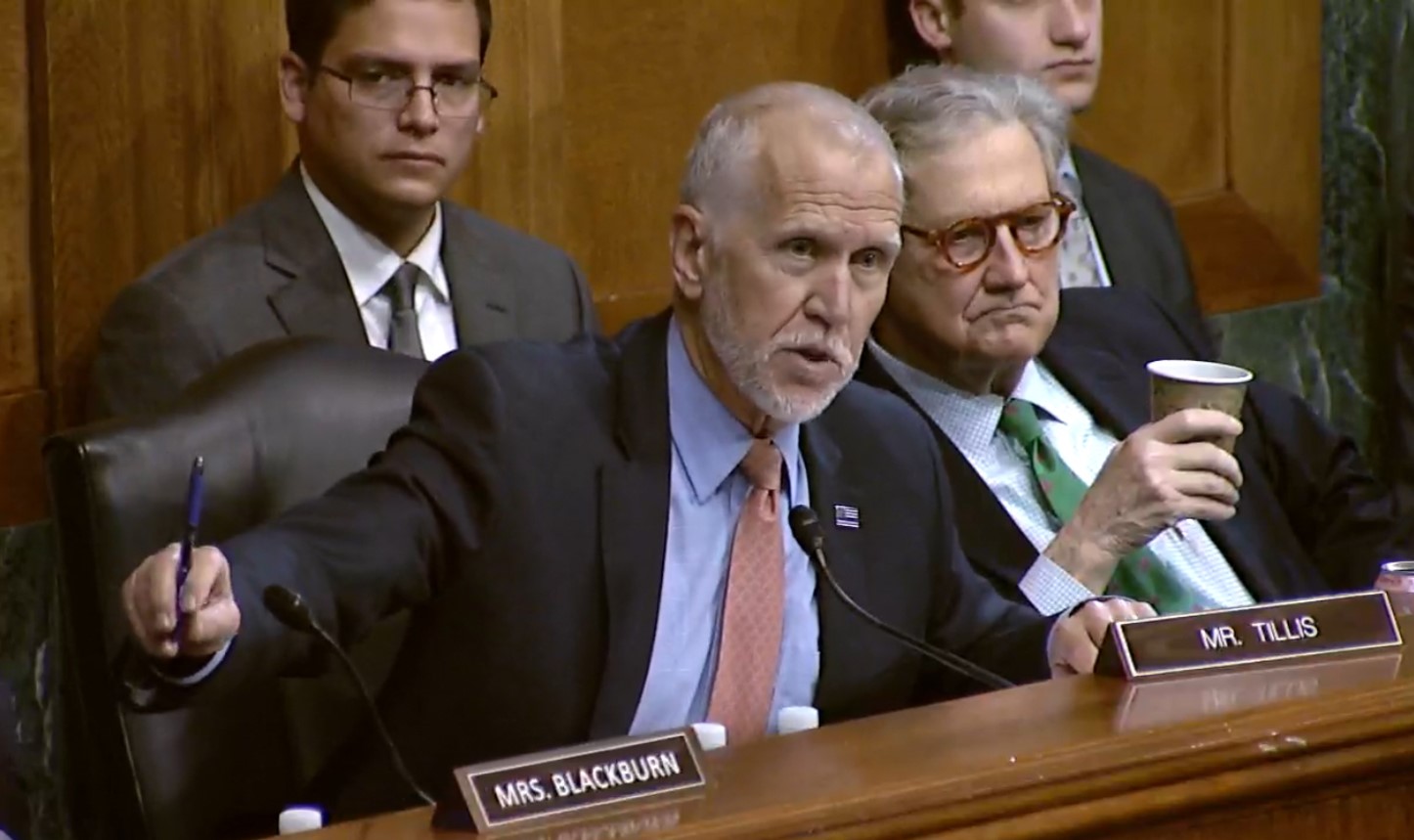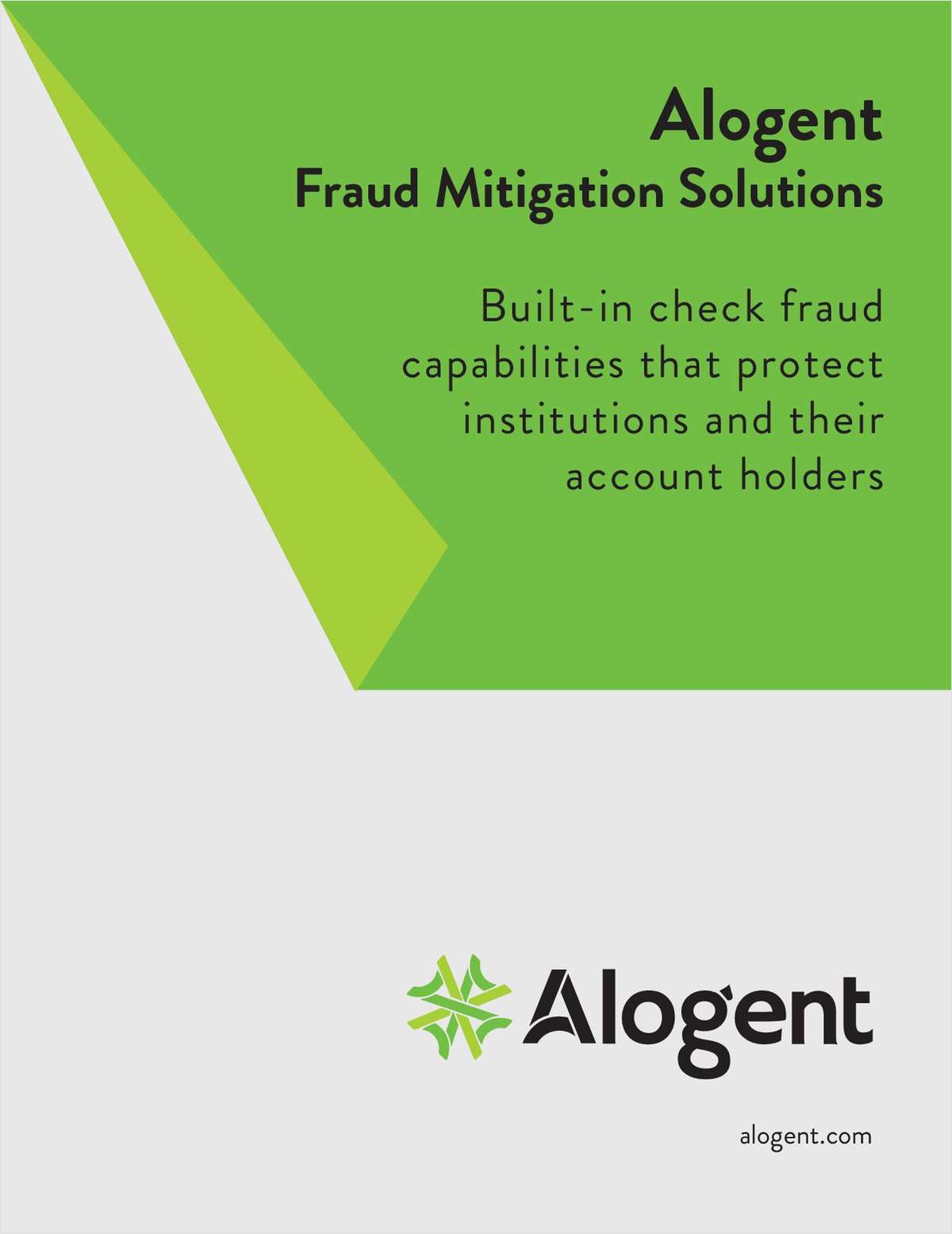Overseers of depository accounts noticed a lot more shady-looking funnel account activity in 2014, according to FinCEN's latest annual review of Suspicious Activity Report filings.
The report, which examined more than three million SARs filed by credit unions, banks, insurance companies, casinos, money services businesses and several other types of entities between March 1, 2012, and Dec. 31, 2014, called the accounts “the standout trend for 2014” among depository institutions and noted almost 10,000 mentions of the activity in one category compared to just 123 mentions in 2012 and 2013.
“Because of the clear and sustained rise in funnel account activity mentions from June 2014 on, we attribute this increase to filer response to FinCEN Advisory FIN-2014-A00514 published on 28 May of the same year,” FinCEN noted.
Funnel accounts are frequently associated with criminal activity and involve opening an account at a bank or credit union that can receive cash deposits at branches in multiple states, according to FinCEN. People acting on behalf of the criminal organization – sometimes unwittingly – then deposit cash proceeds from criminal activity into the account at different branches, and the deposits are kept below $10,000 to avoid identification and record-keeping requirements. An intermediary then uses the money to buy goods that are shipped to other countries for sale. The proceeds from the sales then go back to the criminal ring.
To file a SAR, most institutions use a form that includes 10 activity categories, 80 check boxes and a 50-character text box to describe the activity. During 2014, depository institutions used 53,872 unique combinations of words to call out suspicious activity they felt could not be adequately categorized on the FinCEN form.
By a wide margin, Social Security number fraud was the most prevalent in the text comments, appearing in 51,700 SARs. Income fraud, tax fraud, ID fraud/theft, origination fraud, scams or schemes and cyber-related keywords were the next most popular, appearing in between 24,000 and 7,300 SARs from depository institutions last year.
References to identity theft claims were up 1,800% compared to the 2012 to 2013 reporting period; false statements rose by 122%, and circumventing Chinese currency regulations also rose by 112% in 2014, according to the report.
References to suspicion about the use of funds, income discrepancy, identity fraud and employment discrepancy also more than doubled at depository institutions in 2014 compared to 2012 to 2013, the report added.
There was one good piece of news from depository institutions: Some types of fraud were notably less reported in 2014, including excessive cash payments (down by 63% and 39% in two categories), origination fraud (down by 60%) and prepaid card fraud (down by 32%), according to the report.
Complete your profile to continue reading and get FREE access to CUTimes.com, part of your ALM digital membership.
Your access to unlimited CUTimes.com content isn’t changing.
Once you are an ALM digital member, you’ll receive:
- Breaking credit union news and analysis, on-site and via our newsletters and custom alerts
- Weekly Shared Accounts podcast featuring exclusive interviews with industry leaders
- Educational webcasts, white papers, and ebooks from industry thought leaders
- Critical coverage of the commercial real estate and financial advisory markets on our other ALM sites, GlobeSt.com and ThinkAdvisor.com
Already have an account? Sign In Now
© 2024 ALM Global, LLC, All Rights Reserved. Request academic re-use from www.copyright.com. All other uses, submit a request to [email protected]. For more information visit Asset & Logo Licensing.









